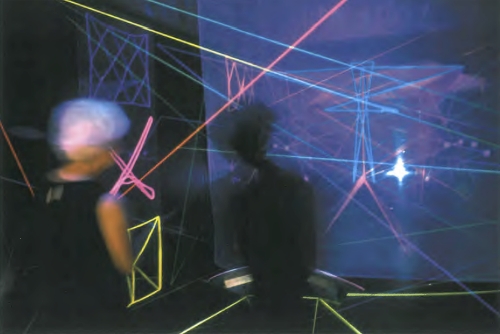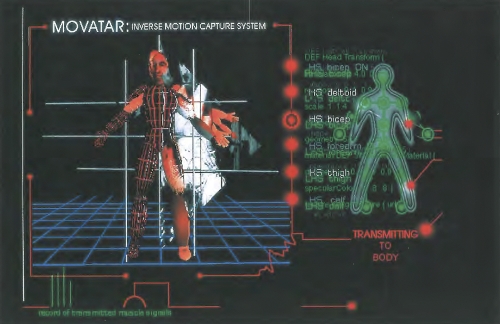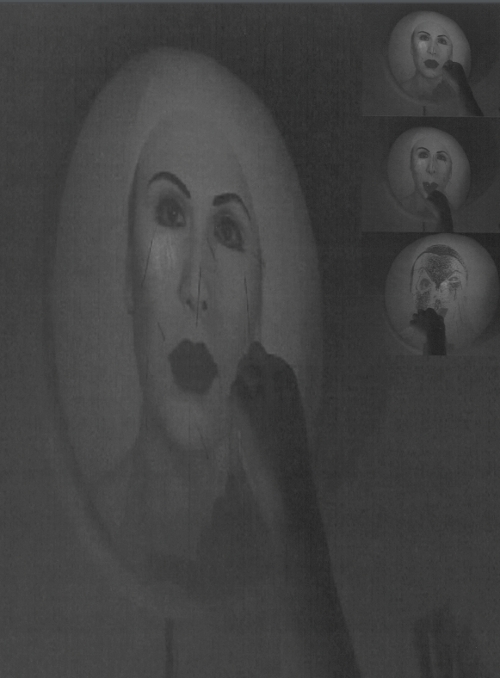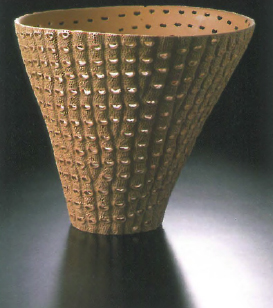
Scientists are often accused of writing only for other scientists. They are even charged with opposing any attempt to interpret their findings in language the layman can understand. Literature is merely the expression of truth. And scientific truth has power to improve our world only if it is expressed. You have given your blessing to one of the most important functions of the writer today. This is to describe and to interpret, for the average man, the world that lies about us.[1]
This quote describes for me the important function of Robin Best's deeply engraved forms in the wider world. Rachel Carson the marine biologist, ecologist, nature writer and author of Silent Spring was able to meld science and poetry into her literary style when writing about the sea, drawing a whole new audience to environmental concerns. Robin has achieved this same meld of beauty, technique and scientific information in her Fleurieu Marine Forms. This work encourages a greater general engagement with the natural world and is valuable because it orders something of our immense feelings for our coasts and sea life.
The work describes collected plants and animals deposited by the tide and Best has studied these forms with assistance from the South Australian Museum. Her research has drawn her to look at the microscopic detail of various sea creatures and how they function. The elegance and detail of the work comes from knowing her technique but also from immersing herself thoroughly in her subject matter resulting in a harmonised blend of technique and form.
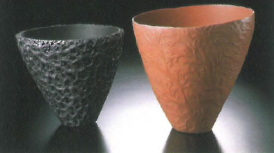
The titles range from Slime Mould, Red Algae, Bryozoan, Brain Coral to Sedimentary and Sea Sponge. The artist explains that sponges and sea creatures are often microscopic. They are able to clone themselves, developing a system to build life and are as complex as the banksia in their adaptation to place.
Best has also referred in the works to the beautiful detail of the marine drawings of the German biologist Ernst Haeckel in the late 19th century.
The series Sedimentary explores the coastal geology of the Fleurieu Peninsula south of Adelaide. Layer upon layer of porcelain in pink, ochres, slate green and black draw us to consider the fragile ecology of this coastal ecosystem. In a strange correspondence, the patinas and colours also relate to various types of sheer cloth in women's clothing.
Rachel Carson's prose was described as "hypnotic" but was also praised for its "practical significance" and Best's Marine Forms, like Carson's writing, offer the public this meld of information and beauty. It was noted at the time that The Sea Around Us was published that it touched a deep yearning for knowledge about the natural world as well as for a philosophic perspective on contemporary life. In the broadest sense this new work by Robin Best acts in a similar way.
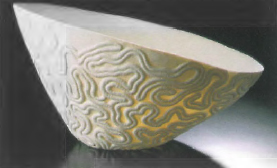
Footnotes
- ^ Lear, Linda, 1997. Rachel Carson, witness for nature, The life of the author of Silent Spring, Allen Lane The Penguin Press, 1998 and Henry Holt and Co. Inc, USA, 1997, p 224







